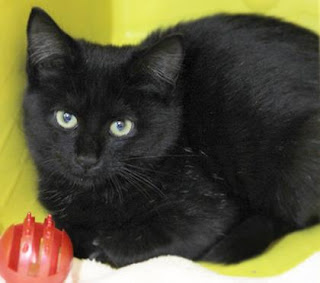Today, April 4, it’s snowing and has been all day. My kitten, Roo, has been sitting all day in front of the sliding doors watching. Maybe she’s tracking the fall of each snowflake. Maybe she’s been lulled into a snow-induced trance.
To make it clear how much she’s engaged with the falling snow, this morning, at the time when she expects treats and complains about the slightest delay in receiving them, she instead continued her snow vigil. Only later, when the snow had temporarily stopped falling, did she review her morning and remember what had been missing from it.
While she meditated, I agitated.
Snow in April, so unfair. Should I go to my chi kung class? I never miss it. It’s only down the road, but the parking lot hasn’t been plowed. My car is covered with snow. The roads might be unsafe. But I always go. I hate to miss it.
On and on the cycle of anxious thoughts went until it was clear that even if I suddenly changed my mind and decided to go to the class, I would be very late. Then I relaxed.
It is said that animals are creatures of habit that follow strict and unvarying patterns for the purpose of safety and protection. Yet this morning, I was the creature made anxious by a deviation from my invariable routine. Meanwhile, the animal forgot her habits and sat by the sliding doors, enraptured by the wonder of snow.
